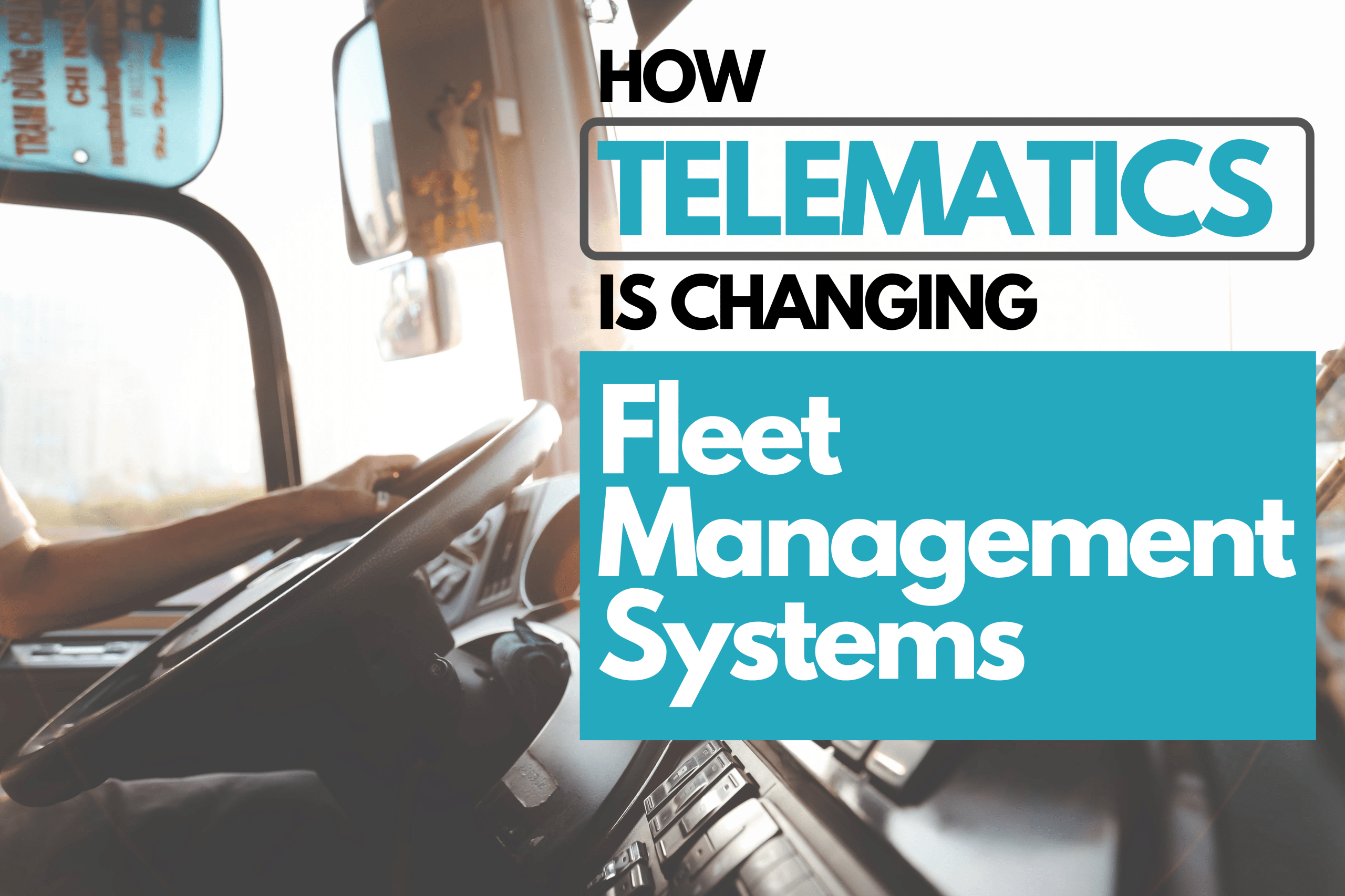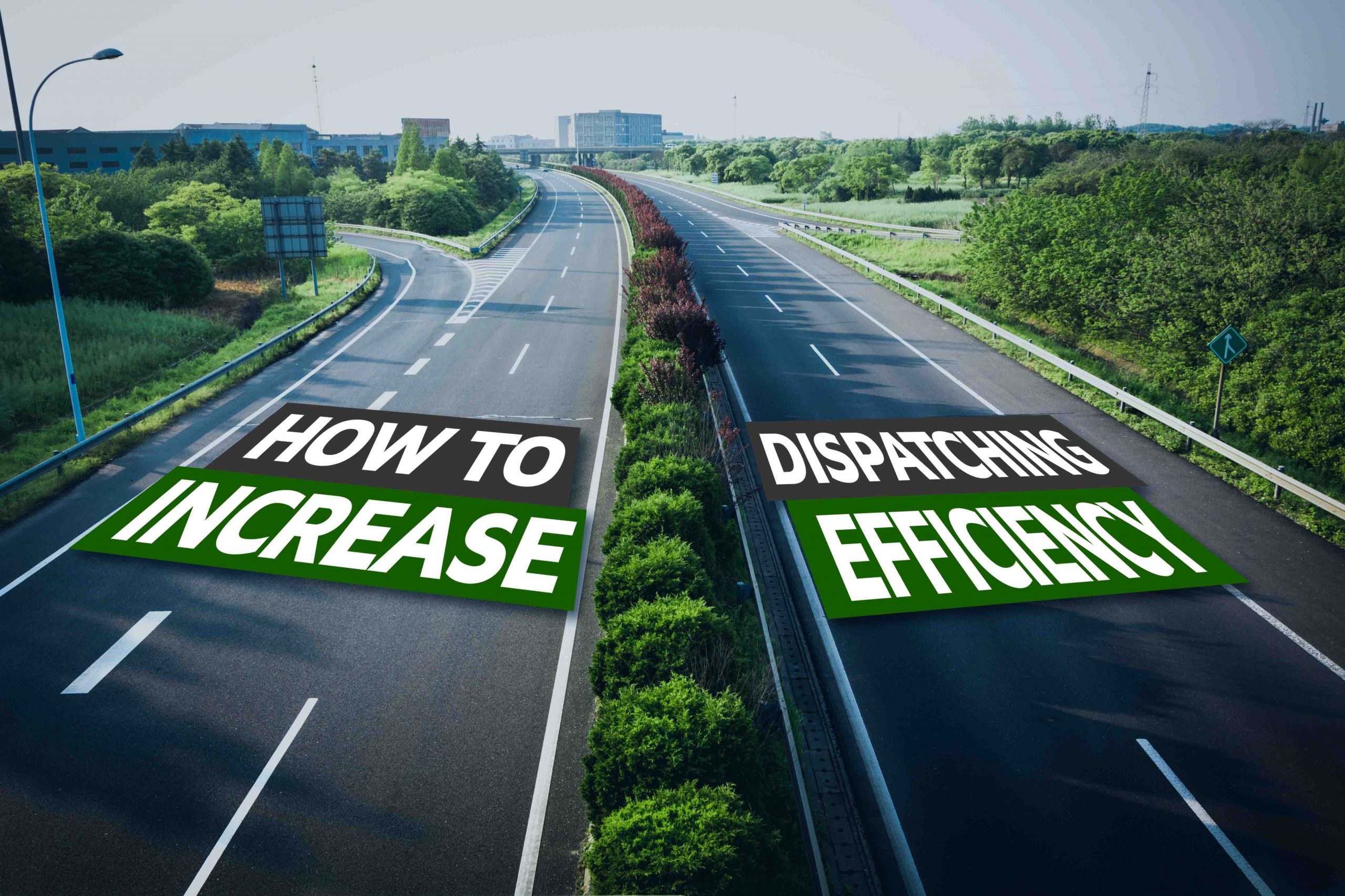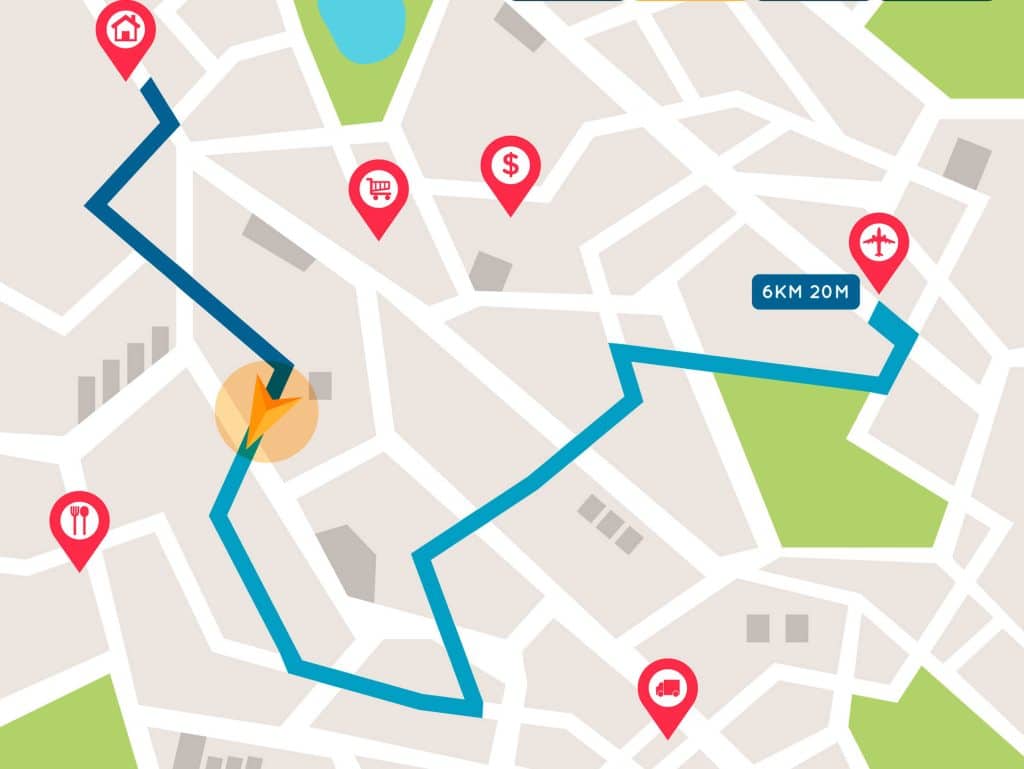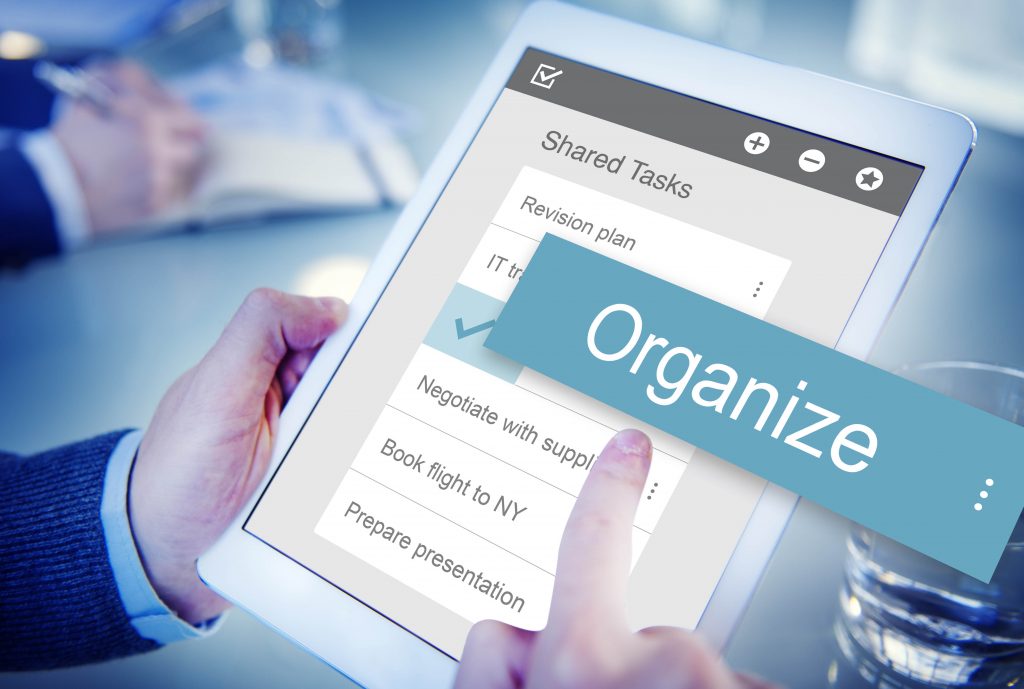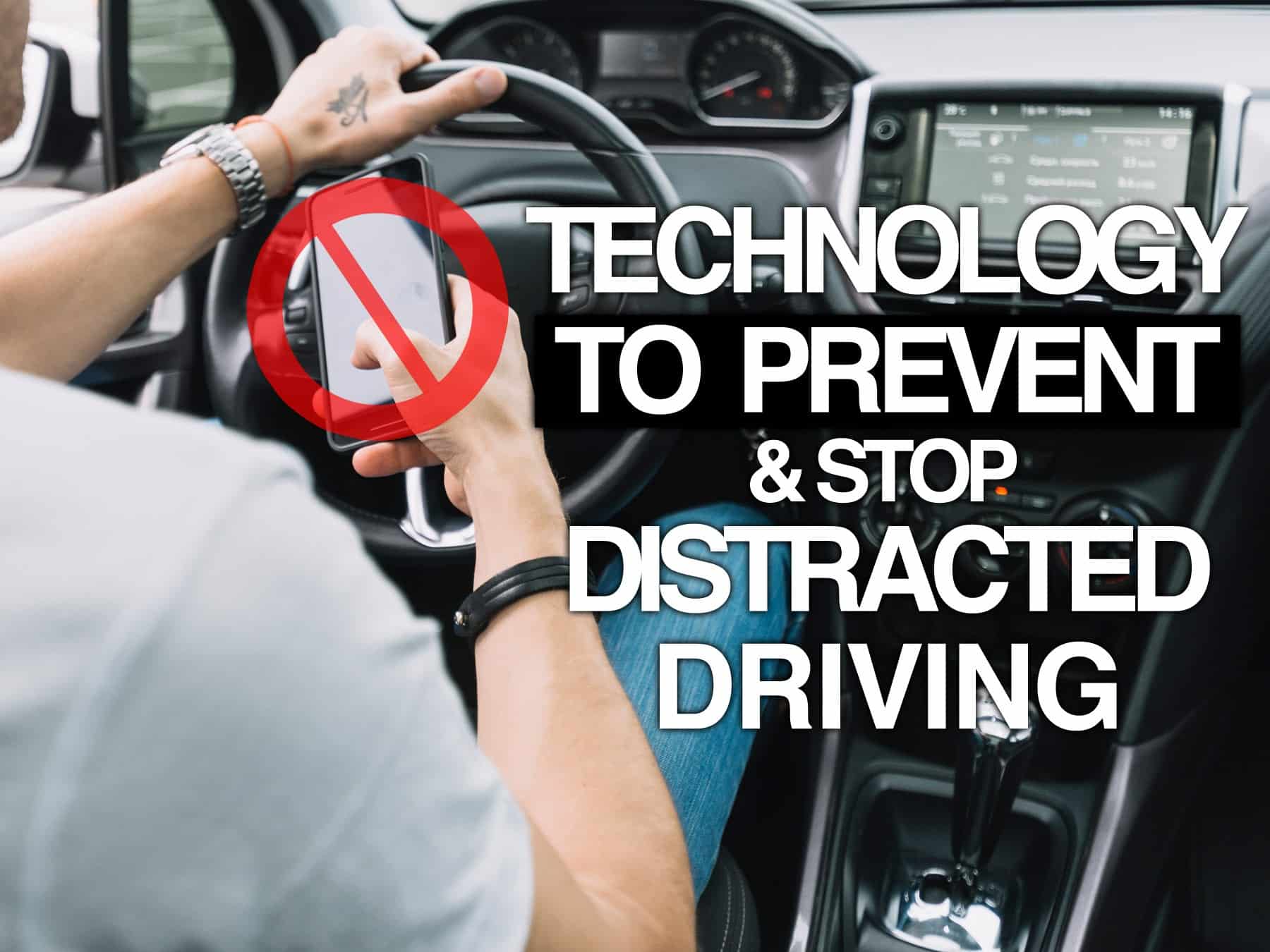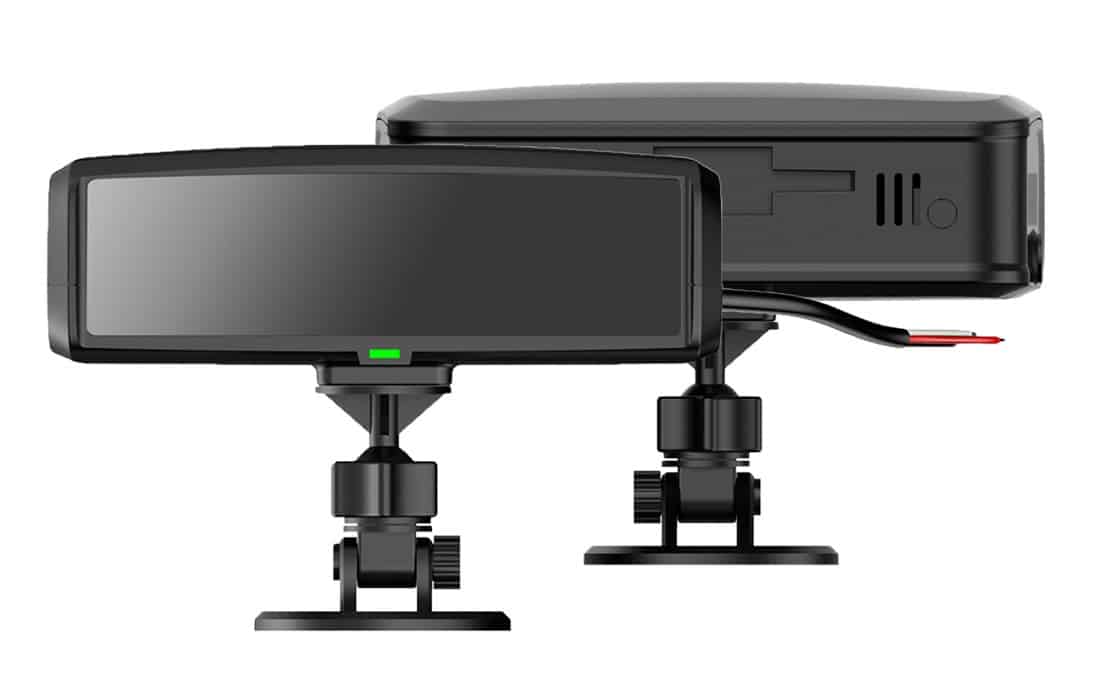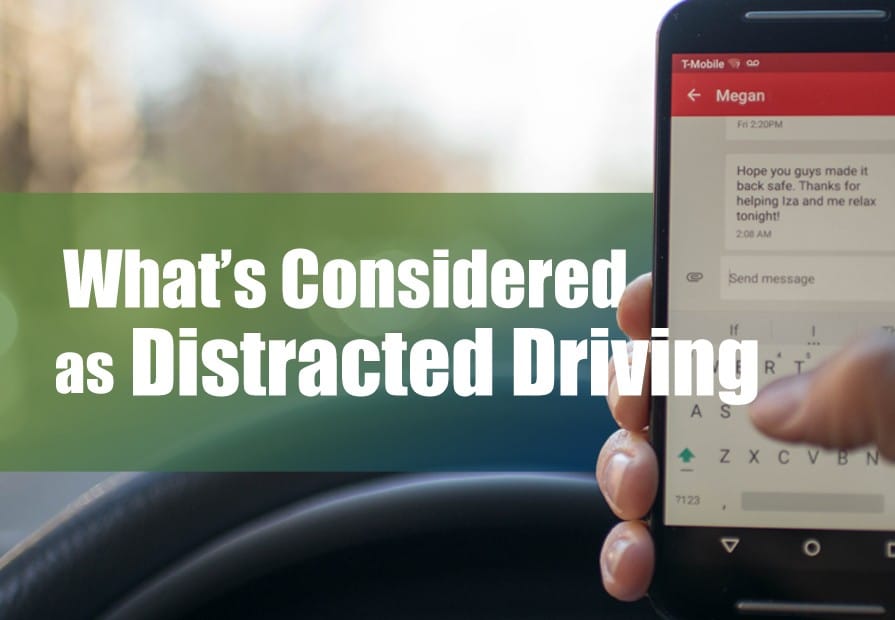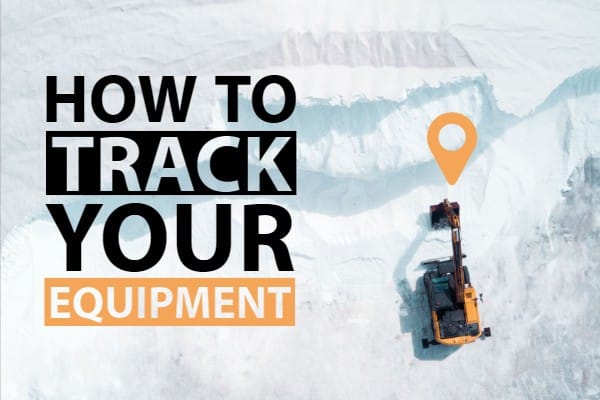Electronic Logging Devices (ELDs) for trucks in Canada are due to become compulsory by June 21, 2021. The Canadian ELD mandate will make paper logbooks a thing of the past and improve safety on the roads. Fitting licensed ELD devices to commercial vehicles will also help save Canadian trucking companies time and precious resources.
If you are involved in logistics and transportation, there is every chance that the ELD mandate will apply to you. Of course, Canadian transportation firms who have a cross-border business are already familiar with ELDs. The good news is that the Canadian ELD rule will generally be similar to regulations in the United States ELD rule as set out by the FMCSA. However, there are some differences between approved ELDs for Canadian roads and those allowed in the U.S.
In this article, you will find out the essential facts about the Canadian ELD Mandate. This will help you know how to implement necessary plans to comply with the ELD rule in Canada.
What is the ELD Mandate?
The ELD Mandate requires logging devices to be fitted to all commercial trucks in Canada. One of the basic needs of ELDs is to ensure that drivers and transportation companies comply with Federal laws. For example, ELDs record hours-of-service (HOS) and are designed so the information can’t be tampered with.
However, there is more to using ELDs than just HOS compliance. Fitting ELDs in commercial fleet vehicles will also improve driver well-being and safety. Due to the monotonous nature of long-distance driving and irregular schedules, drivers may suffer from poor rest and fatigue. Fitting ELDs is one way to reduce this risk. Other benefits of the ELD mandate include helping to streamline operations and improve driver communication. Also, information from logging devices can assist the police when investigating road accidents.
The ELD Mandate ensures that logging devices such as the Geotab Drive ELD meet uniform technical standards for the following information:
- Logbook edits so that drivers can certify their Record of Duty Status (RODS) and make edits.
- Data sharing to ensure that all ELDs have a standardized format to record and share data.
- Data collection to provide information including location, engine data, and motion status.
- Driver alerts to warn when it’s time to pull over to prevent violating HOS rules.
- Drive duty status to allow for special driving conditions.
Do the ELD Rules Apply to Me? Who is Exempt from the ELD Rule?
Previously, fleets that were equipped with AOBRDs (Automatic On-Board Recording Devices) were exempted from the ELD mandate for 2 years. This grandfather period is now set to expire – meaning the countdown is on. If your business operates commercial vehicles such as trucks and busses, then ELD rules apply to you.
Transport Canada announced in 2017 that regulation-compliant ELDs will become mandatory and replace paper logs. There are, however, some exemptions from the Canadian ELD mandate. For example, vehicles manufactured before 2000 are exempt from the rule as are vehicles that are subject to a rental agreement with terms under 30 days. For a full list of exemptions and additional information, refer to the Canada Gazette, Part II, Volume 153.
Canada v.s U.S. Mandate
Thankfully, if your transportation company already conducts cross-border deliveries, some aspects of the ELD regulations in Canada will remain the same. This means that you can use a single electronic device logging system in both Canada and the U.S. For example, how vehicle data is collected, driver notifications, standardized formats to share information, and recording HOS have similar regulations between the two countries.
The Canadian mandate will also be similar to the U.S mandate in that the ELD will be required to:
- Synchronize with the vehicle engine
- Provide GPS tracking and automatically capture drive time
- Allow drivers to use special driving status including yard moves and personal conveyances
*Note, this is not a complete list
One of the most important differences between the U.S. and Canada ELD mandate is the type of logging device used. Devices in Canada must be third-party certified rather than being self-certified as the U.S. mandate requires. Another key difference is that Canadian ELDs must meet the Technical Standard for Electronic Logging Devices.
Canadian ELD Rule: Timeline
So, if your business deals in logistics and transportation, now is the time to make sure you are all set to be compliant by 2021. Remember, there is no “grandfather” period allowed in the Canadian mandate. So, this means that the earlier you comply with the new rules, the better. Here is a quick rundown of the important dates in the Canadian ELD mandate:
- December 16, 2017 the Government of Canada published proposals for introducing the ELD mandate
- June 13, 2019 Transport Canada published the final rule on ELDs in Gazette II
- June 12, 2021 is the compliance date by which all commercial vehicles must have ELDs fitted and no longer use paper logbooks
GoFleet’s ELD Solution
How can you make sure that you are compliant by June 2021? At GoFleet, we supply ELDs for HOS and DVIR. These logging solutions already meet US Federal FMCSA 395.15 regulations and will be compliant with the Canadian ELD mandate.
For example, the Geotab Drive ELD Bundle logs HOS, DVIR, and provides all the services you need to comply with the Canadian ELD rule. This logging device doesn’t just help you comply, but it helps your company improve driver safety, includes a dash camera, and maximizes vehicle uptime.
You can also use the ELD bundle with Geotab GO9 that provides complete fleet GPS tracking solutions. The combination of these fleet management devices gives you real-time vehicle location, engine diagnostics, driver alerts, and also maintenance reminders.
Need more information on our ELD solution? Request a demo
How does it Benefit my Business?
Rather than being a burden for transportation companies in Canada, ELDs have many benefits. If you operate commercial trucks, vehicles, or busses, what are the benefits of electronic logging devices? Here are just a few:
- Improve driver safety. Facts prove that drivers in trucks with ELDs cause fewer accidents than vehicles that are not fitted with logging devices.
- Boost productivity. Knowing exactly where drivers are located and being able to plan routes efficiently increases productivity.
- Save money on fuel costs. Improving driver behavior and planning shorter routes combine to make better fuel savings for transportation companies.
- Increase vehicle uptime. Regular diagnostic alerts and reports on recurring vehicle issues help fleet managers arrange preventative maintenance. This helps to reduce instances of breakdowns on the road.
Sources:
https://eld.fmcsa.dot.gov/
https://www.canada.ca/en/transport-canada/news/2017/12/transport_canadamandatesnewtechnologiesfortrucksandbusestoimprov.html
http://www.gazette.gc.ca/rp-pr/p2/2019/2019-06-12/html/sor-dors165-eng.html

